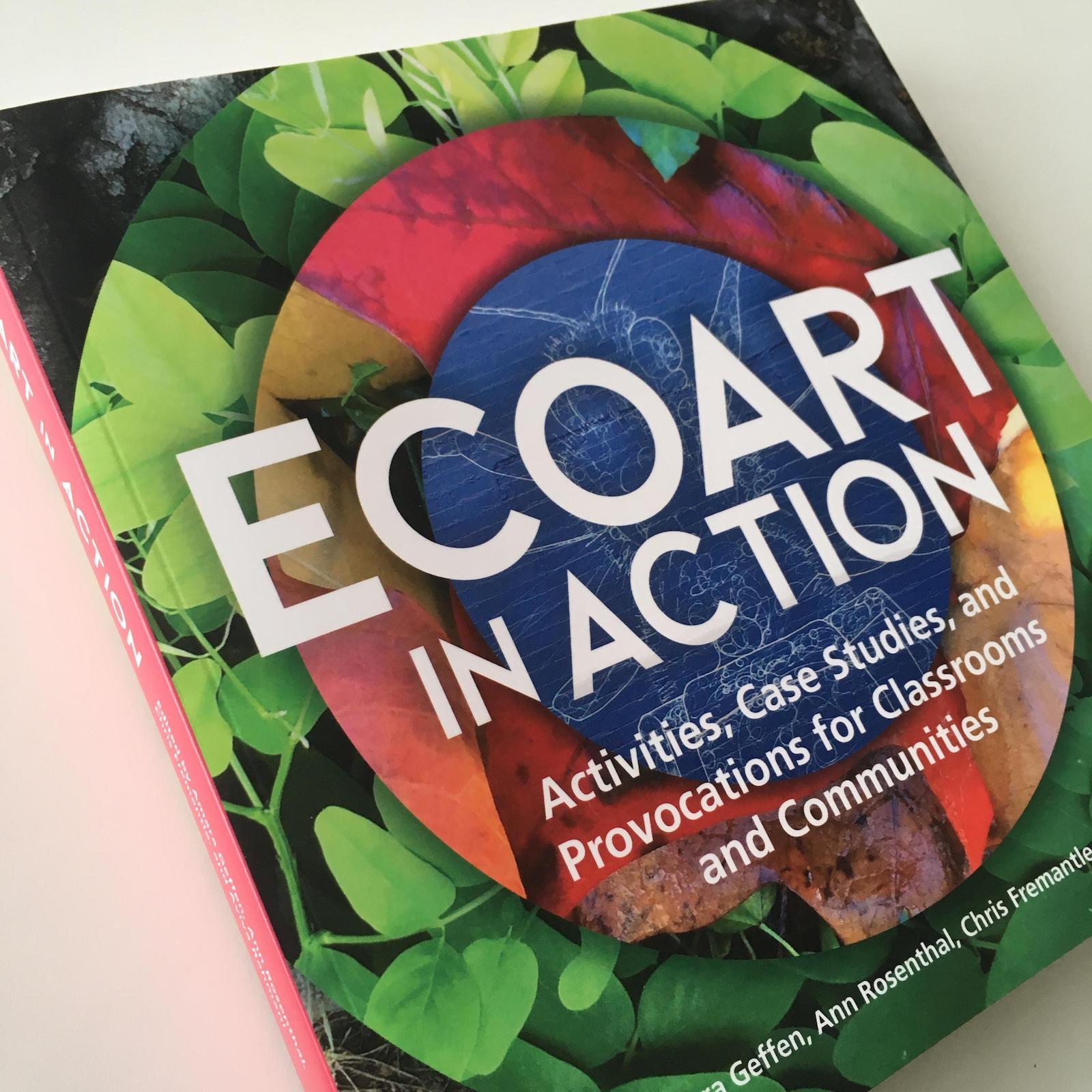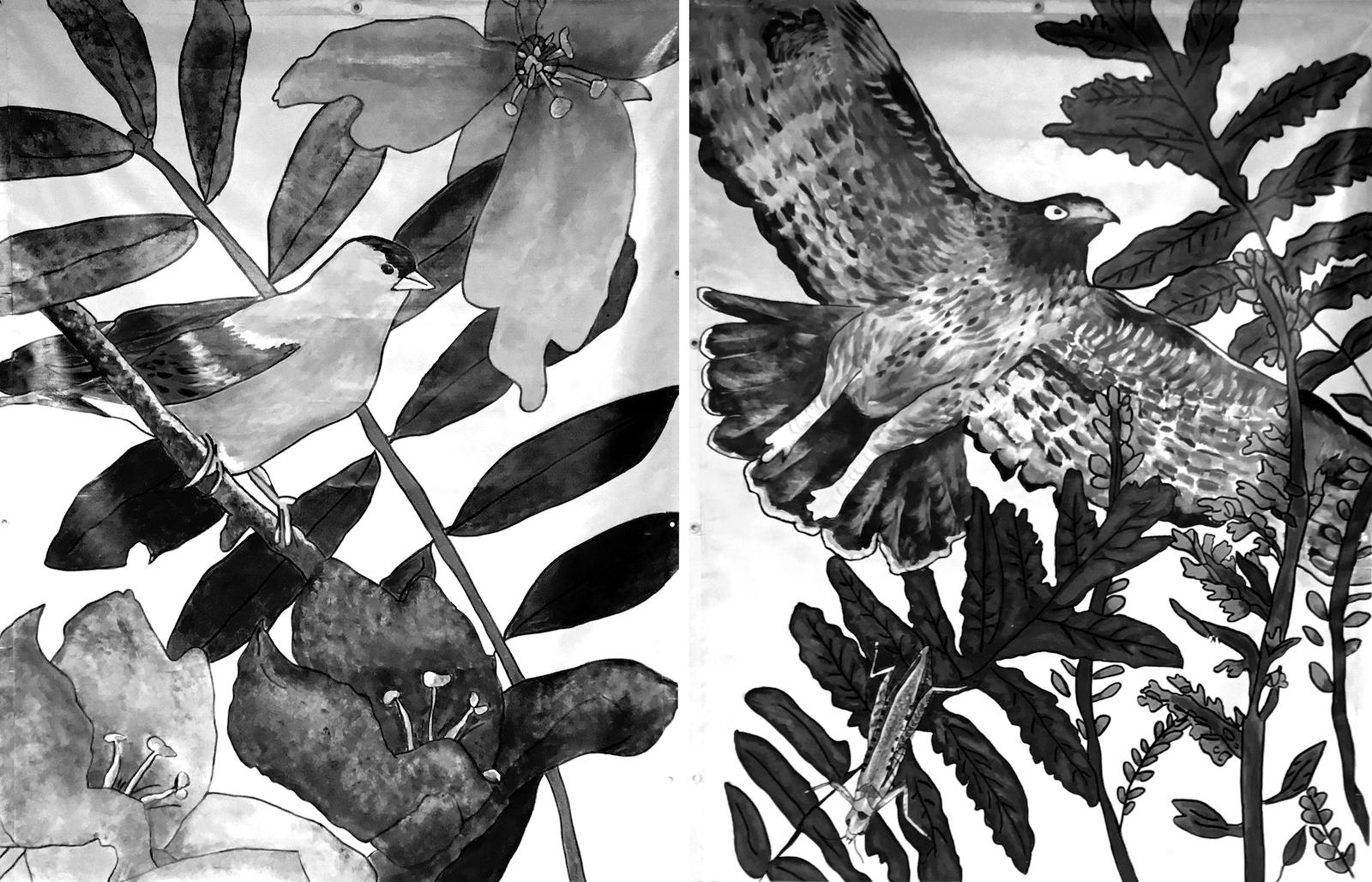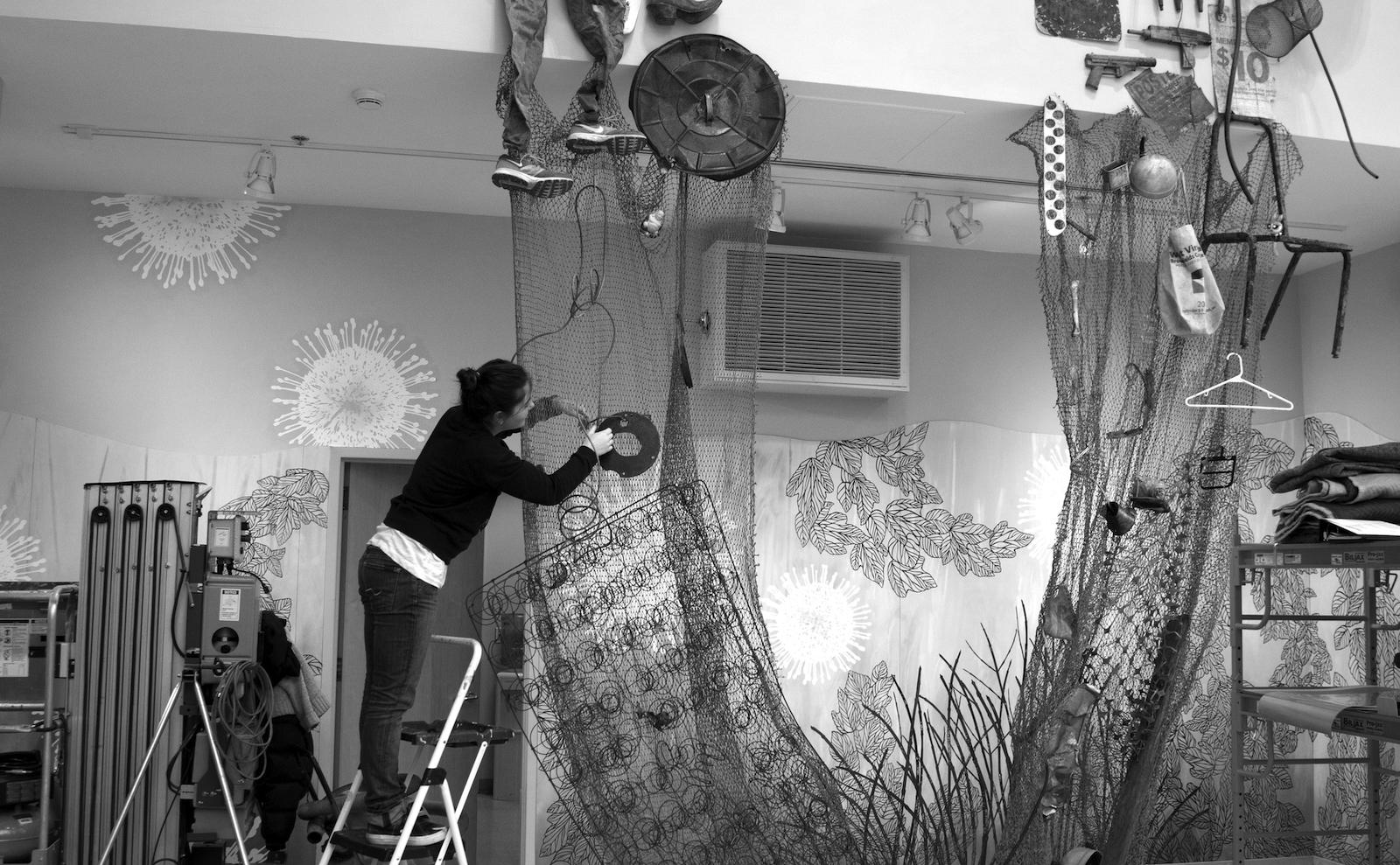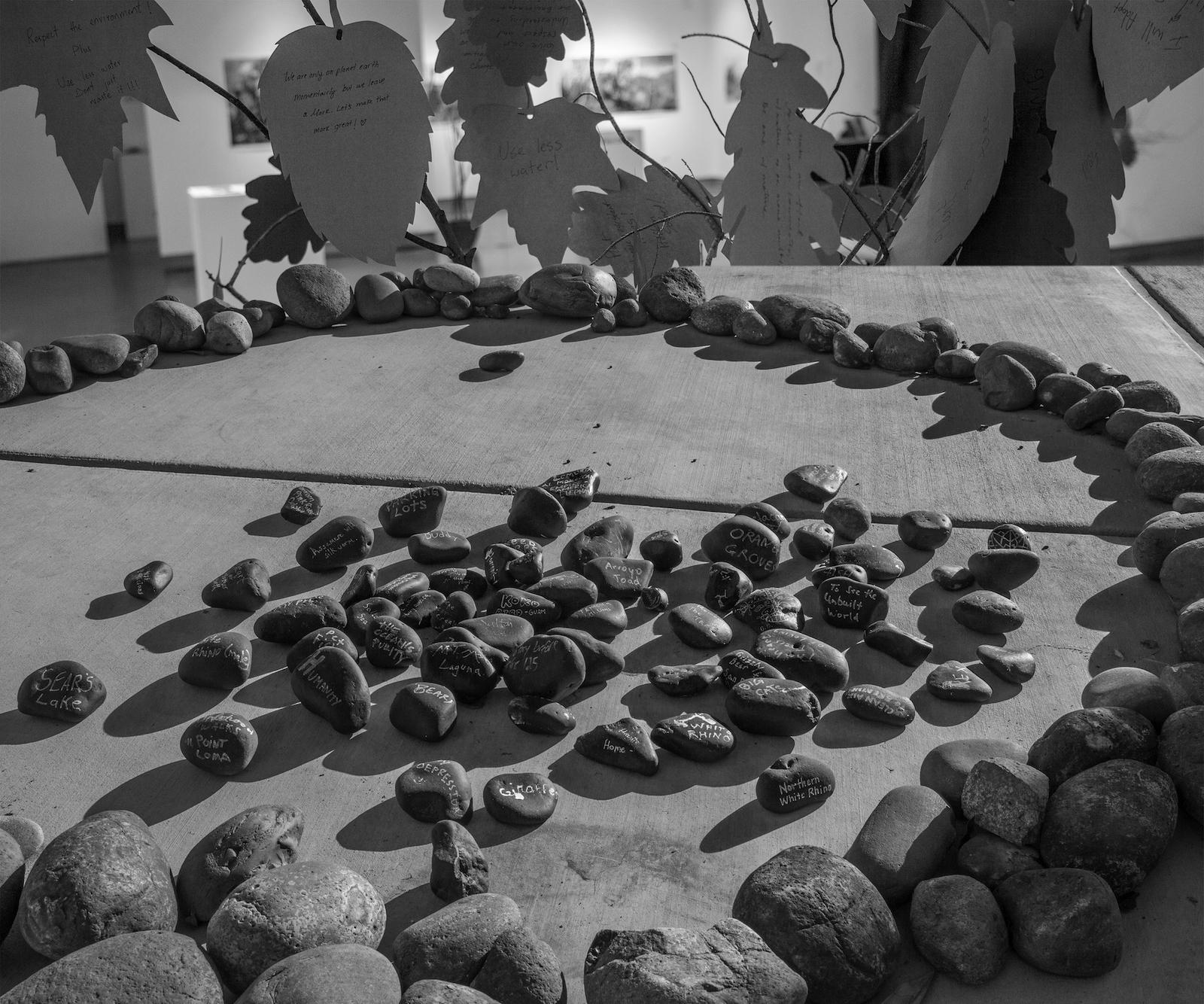Meanwhile, artists have been sounding the alarm for decades. This was the focus of a 2018 symposium held at the University of Vermont. The artists and speakers who participated have been joined by a growing symphony of voices taking part in an ever-expanding network of international exhibitions and events, like the Extraction Project, that highlight the importance of bearing witness to and making visible humanities contributions to global warming.
Now, ecoartspace and the Art & Environment Initiative (A&E) are taking artist activism to the next level. Both organizations were founded in the 1990s and have since provided a soapbox for artists whose philosophy, process, and product laid the groundwork for the kind of ecological change that brings results.
In 2022, sixty-seven members of the Ecoart Network, a group with over 200 artist members, collaborated on a new book: Ecoart in Action: Activities, Case Studies, and Provocations for Classrooms and Communities. Edited by Amara Geffen, founder of A&E; Ann Rosenthal, ecological artist (or eco artist); Chris Fremantle, founder of EcoArtScotland; and life-long eco art activist Aviva Rahmani, the book provides a road map, drawn by artists, that leads to a more sustainable future.






























